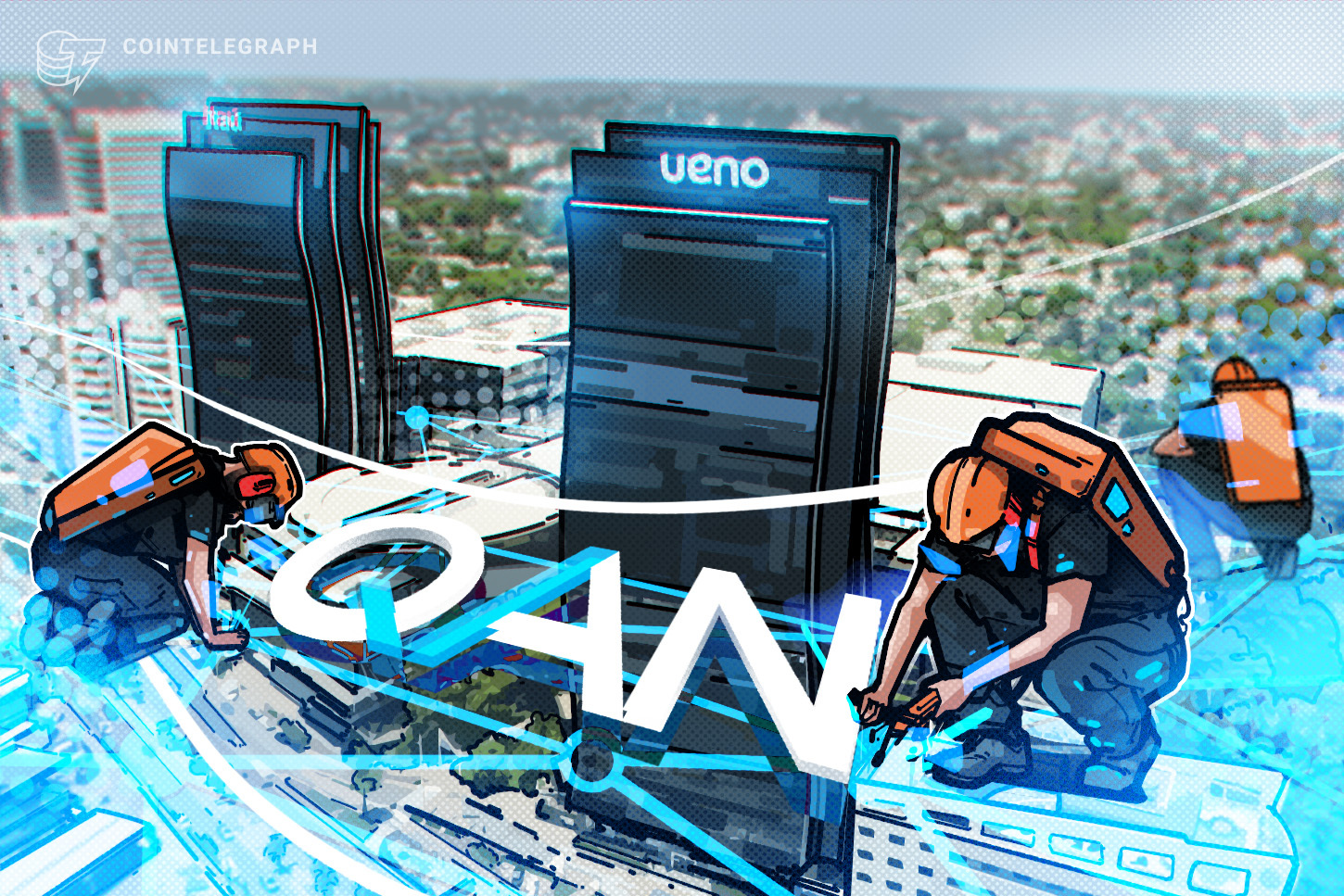Sponsored Content
Ueno Bank is anchoring its new post-quantum document security on QANplatform, a quantum-resistant layer-1 hybrid blockchain that provides mathematically provable, immutable timestamps and NIST-aligned signatures.
Banks, insurers and public agencies face a quiet deadline: when quantum computers can crack the cryptography behind encrypted traffic and digital signatures. Quantum computing uses subatomic physics to solve certain problems exponentially faster than classical machines. This speed could undermine today’s public-key algorithms and the legal trust placed in e-signed records.
For financial institutions, the stakes are high. Workflows depend on e-signatures, long-lived archives and audit trails, even as adversaries pursue “harvest-now, decrypt-later” strategies. The US National Institute of Standards and Technology (NIST) has urged the adoption of quantum-resistant cryptography before 2030.
Against that backdrop, Ueno Bank — Paraguay’s largest, serving more than 2.2 million users — is starting with the documents that anchor daily business. The bank is adding SignQuantum, a post-quantum add-on that layers quantum-resistant signatures onto existing e-signature workflows. Local technology firm ITTI, the exclusive distributor of SignQuantum in Latin America, is supporting the deployment.
A quantum-safe foundation for provable trust
The anchoring layer will run on QANplatform, a quantum-resistant layer-1 (L1) hybrid blockchain positioned for regulated environments. By introducing this foundation, Ueno aims to obtain mathematically provable and immutable timestamps without relying on a third-party time-stamping authority. The companies say Ueno is the first bank worldwide to implement this combination at production scale.
Ueno will cross-sign original documents with post-quantum cryptography and record their hashes on a permissioned QAN Private Blockchain hosted on-premises for internal assurance. For external verifiability, hashes can also be anchored to a public chain, creating independently verifiable, tamper-evident timestamps.
Both the signing add-on and ledger align with NIST’s primary post-quantum signature standard, ML-DSA-65, establishing a clear migration path as elliptic-curve cryptography faces increased risk.
Why this foundation fits enterprise needs
QANplatform’s multi-language smart-contract engine (QVM) lets teams build in familiar, Linux-compatible programming languages and plug into DevOps tools such as Docker and Kubernetes. Rapid cloud deployment spins up private or public QAN networks on AWS, Microsoft Azure or Google Cloud in under five minutes, which is useful for pilots and regulated workloads.
Crucially, QANplatform is Ethereum Virtual Machine (EVM)-compatible, so projects on Ethereum — DEXs, NFTs, DeFi and more — can migrate with minimal friction to a quantum-resistant base. The platform integrates with Chainlink and Band Protocol oracles and introduces a developer-royalty model that rewards creators when their contracts are reused or interacted with on the public chain.
Proprietary components include QAN XLINK (a ML-DSA-65 cross-signer) and governance for hybrid (public-and-private) deployments. QANplatform is a Linux Foundation member and among the first 20 members of the Foundation’s Post-Quantum Cryptography Alliance; its technology was implemented by an EU country in the public sector in 2024.
Policy signals and industry momentum
The G7 Cyber Expert Group has called for the timely adoption of quantum-resilient measures across sectors, and the US SEC has received a proposed “Post-Quantum Financial Infrastructure Framework” outlining an orderly transition for markets and custody.
For Latin America’s financial sector, Ueno’s project offers a repeatable playbook: add post-quantum signatures to existing flows, anchor proofs on an enterprise-ready L1 hybrid blockchain and expand from documents to identity, payments and other high-value workloads.
“Ueno Bank is a technology-driven financial innovator, committed to leading the way in innovation and security,” said Juan Manuel Gustale, president at Ueno Bank. “Adopting SignQuantum and QANplatform’s technology both mitigates future risks and builds confidence with our customers and partners to bring a new standard of cybersecurity in the financial sector.”
“We’re thrilled to see QANplatform’s quantum-resistant blockchain deployed in robust, real-life environments like Ueno Bank,” – Johann Polecsak, co-founder and chief technology officer of QANplatform
By pairing SignQuantum’s signing layer with QANplatform’s quantum-resistant L1 hybrid blockchain, Ueno Bank takes a measured first step others can emulate: protect high-value records now and build toward a broader quantum-safe transition.
Disclaimer. Cointelegraph does not endorse any content or product on this page. While we aim at providing you with all important information that we could obtain in this sponsored article, readers should do their own research before taking any actions related to the company and carry full responsibility for their decisions, nor can this article be considered as investment advice.


